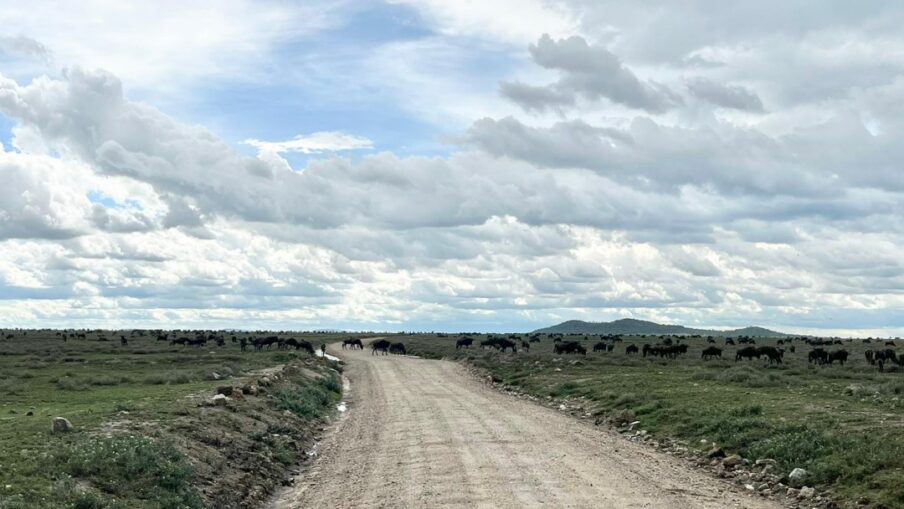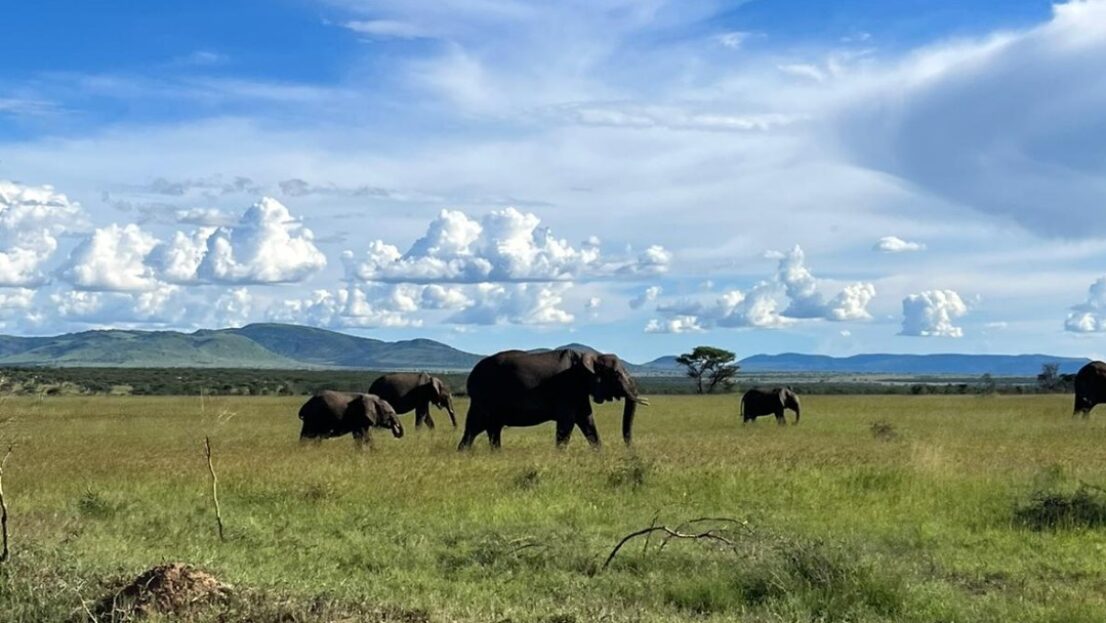Digital traffic monitoring in Serengeti National Park

The overwhelming beauty and great biodiversity have made the Serengeti in northern Tanzania known all over the world, since 1981 the National Park has been a UNESCO World Heritage Site. Nature lovers from all over the world would like to see the Big Five – elephant, rhinoceros, buffalo, lion and leopard – up close and if possible also take photographs or film.
In the pandemic years, the number of visitors to Tanzania’s national parks decreased due to the worldwide travel restrictions, which meant that employees in hotels, in the park administration or in tour operators suffered severe financial losses. Now it is trying to boost tourism, with negative consequences for the fragile ecosystem. A growing number of visitors need more accommodation, more water and energy – and more vehicles, too.

And the increasing traffic leads to more traffic jams, speeding and accidents. Long columns of jeeps are on the road in the national park and safari travellers urge their guides to drive closer when animals are spotted – for unique photos. The supposed untouchedness and beauty of the wilderness thus increasingly becomes its undoing, especially when vehicles illegally leave the roads and keep too little distance to the animals. Serengeti National Park officials estimate that more than 350 vehicles – 500,000 visitors a year – use the park’s 1750 km network of roads every day. This also means: the roads and tracks are affected and have to be repaired again and again.
Innovative: digital solutions in traffic management
KfW has already been involved in nature conservation in the Serengeti for many years and cooperates successfully with the Tanzanian National Park Authority TANAPA. Building on this commitment, KfW Development Bank will implement a project entitled “Traffic Management for Protected Areas through Digital Solutions” on behalf of the German Federal Ministry for Economic Cooperation and Development (BMZ). A contract for was signed in Tanzania in October. The concept is also to be applied in other Tanzanian protected areas in the future.
What are the concrete plans? Digital instruments will be used to monitor and control traffic in the park. Every vehicle entering the park will be digitally recorded and registered, speeding and illegal off-road driving will be detected and can be sanctioned. It is hoped that there will be fewer (wildlife) accidents and a reduction in soil compaction. A balanced distribution of vehicles in the park should give travellers more intensive experiences – and the animals less stress.
The project will start this year: the park’s project management team will be trained, additional staff – preferably women – will be recruited. In another phase, infrastructure, including solar panels, power storage batteries and wifi scanners, as well as communication towers and radio modules, will be installed. In addition, the park access gates will be renovated or maintained.
This is a partner contribution of KfW Development Bank. Find more news from KfW Development Bank here.


